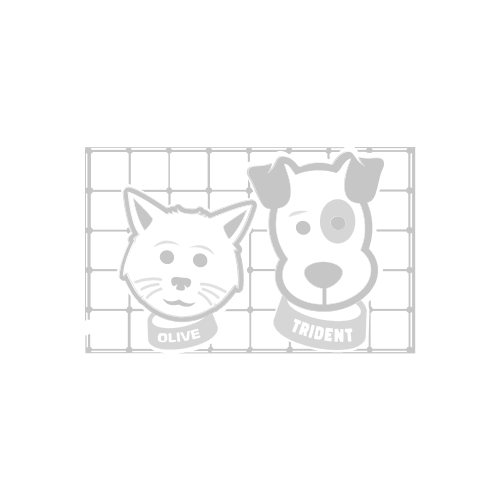A Bee Stung My Dog!
Late spring-early summer is when homeowners begin to see the swarm of bees around lawns and gardens; and while they may appear annoying, it's best to leave them be (no pun intended). Bees are actually very important pollinating insects that help plants thrive and produce over 1/3 of the world's produce on farms and gardens.
We may know not to swat away bees; but our dogs probably won't know any better. If a bee lands on a dog, and stings him/her, a few things may happen. Know the symptoms of a bee sting.
'In most cases, there will be mild swelling and tenderness where the dog or cat was stung, usually on the face or paws,' says Dr. Richieri, adding, “if it is swollen and a little puffy, it is a localized reaction to the sting.” To stop the venom from spreading, try to remove the stinger as quickly as possible.
- Depression
- Cold Limbs
- Collapsing
- Diarrhea
- Difficulty Breathing
Pet owners will need to take dogs to the veterinarian immediately if the bee sting worsens to any of the above symptoms.

